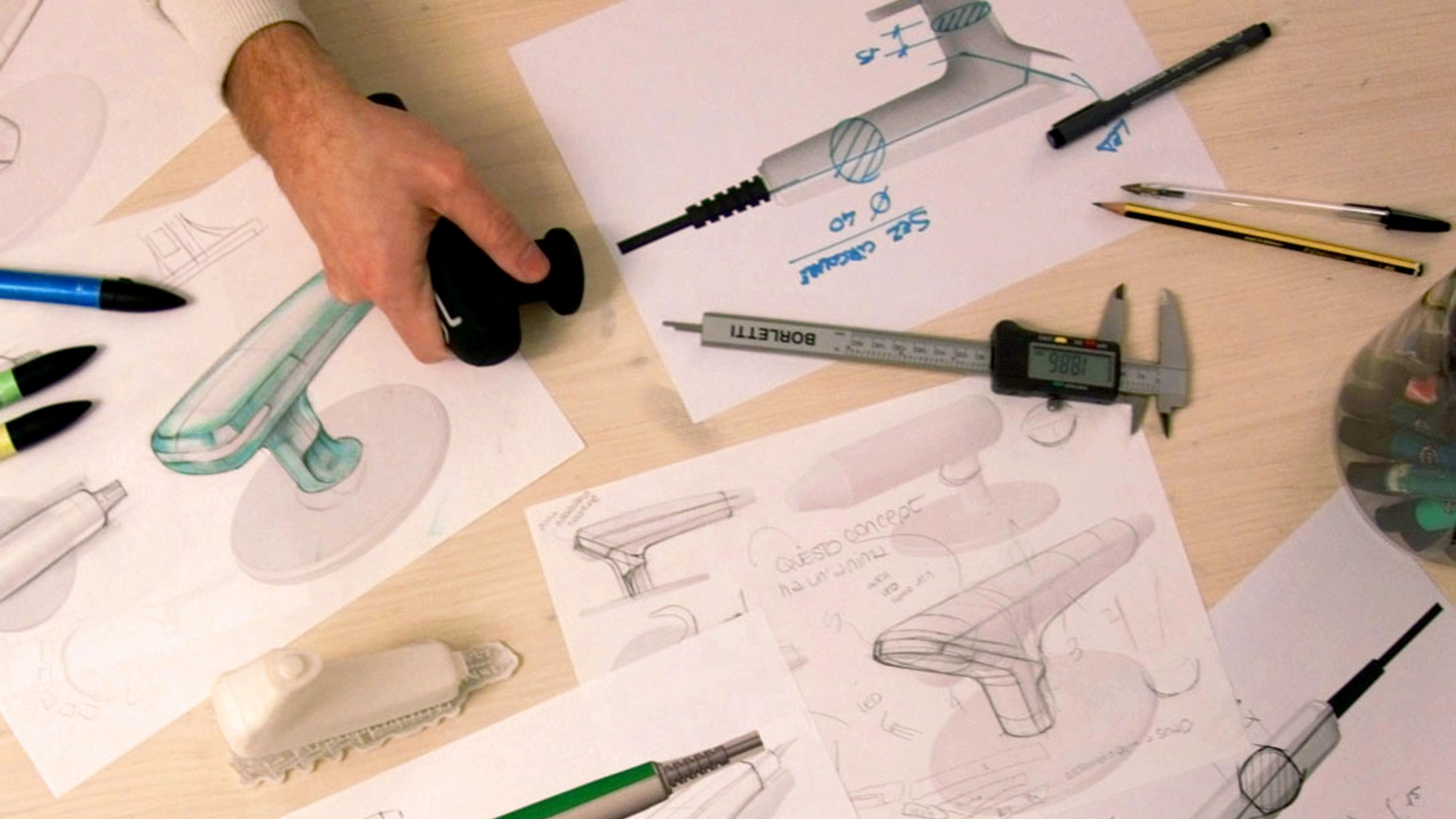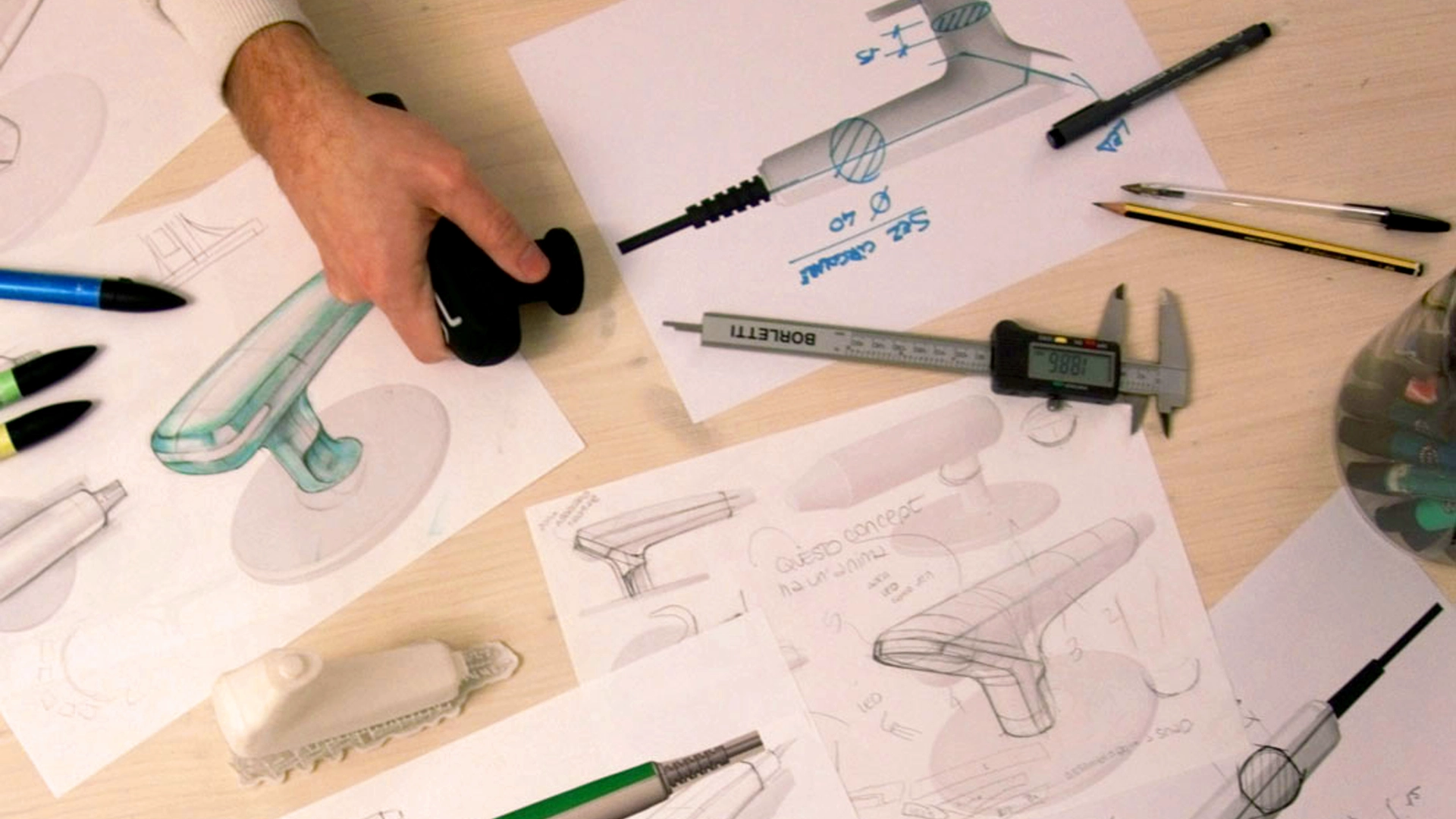Medical devices play an important role in providing many health services and their use is increasing year by year.
It is important to design medical equipment with high usability and good ergonomic features, so the device is adapted to the human, the task, and the environment, and people will be able to use the medical device properly, avoiding consequences for patients.
The industrial design process follows more and more human-centered design and usability engineering rules, so it is important to consider ergonomics early in the process.
If you want to find out more about this topic, please do keep reading.
The design of the medical device
The design of medical devices has to be always strictly connected to the study of human factors, ergonomics, and usability engineering.
The medical device industry is an important component of the larger health care system and plays an essential role in developing new medical technologies.
In order to provide an effective and enjoyable experience to consumers through the following key elements:
● comfort,
● ease of use,
● interactions between the user and the medical device (incl. usability engineering).
It is important to consider ergonomics and adopt a human-oriented approach at an early stage of product creation because all the design and engineering decisions revolve around it.
In order to say that medical device design is effective, it has to deliver functionalities that satisfy end users’ needs, in addition to addressing healthcare regulatory compliances and solution specifications.
The importance of ergonomics
Already at the beginning of the product design process, you should focus on ergonomics and usability.
Ergonomics refers to ensuring a good fit between people and the things they communicate with. Ergonomics is an important part of research in the product development process and its purpose is to increase the safety, comfort, and performance of a product or environment.
When you’re taking care of the ergonomics of a medical device, you need to be clear about your target user and stakeholders in general, starting from:
- age,
- gender,
- location,
- employment,
- possible mobility disabilities,
- impairments or musculoskeletal disorder.
Designers use anthropometric data to determine the optimal size, shape, and form of the product and make it easier for people to use.
When you apply ergonomics and usability engineering early in the design process, you can also identify opportunities for innovation.
In addition, the analysis of common issues encountered by customers when using similar products can provide valuable insights.
Categories of ergonomics
To make sure end-user needs are always in focus, you should make ergonomics an integral part of your design development team.
There are three areas of ergonomics: physical, psychological, and organizational.
Physical ergonomics
This type of ergonomics observes how human anatomical, anthropometric, physiological, and biomechanical characteristics are related to physical activity.
Physical ergonomics include working postures, manual handling, repetitive movements, musculoskeletal disorders, workplace layout, and environment.
Psychological ergonomics
Psychological ergonomics studies mental processes and the way people interact with products, systems, and the environment.
These are, for example, perception, cognition, memory, reasoning, and emotions.
Also, psychological ergonomics include mental workload, decision-making, human-computer interaction, human reliability, attitudes, stress, motivation, pleasure, and so on.
Organizational ergonomics
Ergonomics from the organizational point of view is about optimizing the organizational structures, policies, processes, and communications and it’s essential to produce something (like a medical device) efficiently, on time, and with better results.
Organizational ergonomics include communication, work design, staff resource management, working time patterns, cooperative work, quality management, and organizational culture.
Developing a prototype
When the ergonomics data were analyzed and the product design is defined, you can proceed with the test through a prototype.
An effective medical device development process cannot exist without medical device prototyping.
Prototyping is essential to validate the ergonomics, giving you the possibility to see first-hand usability, comfort, and convenience.
Prototypes can take many forms depending on the context, but, in general, a prototype is a preliminary model or representation of a concept.
They constantly serve as invaluable tools for testing and improving design concepts.
Finally, technological advances in rapid prototyping have enabled product development companies to produce ergonomic products of higher quality.
Conclusion
In this article, we have tried to present the importance of ergonomics in the design of medical devices.
By offering a product with high usability and ergonomic features, a MedTech manufacturer will provide a pleasant experience to customers, but will also be able to compete with new qualities and design features.
The key elements to providing an effective and enjoyable experience to consumers are comfort, ease of use, and interactions between the user and the medical device.
If you’re looking for an expert in medical device design and ergonomics, Creanova has over 2 decades of experience in serving its clients with medical device design, development and ISO13485 certified contract manufacturing.
We can support you to bring your product on the market, matching high aesthetics with improved usability, innovation, and enhanced functioning.
Our designers integrate Italian design, creativity and a Human-Centered Design in innovative and intuitive medical solutions, leveraging a deep experience in the Med-Tech industry.
Contact us to know more about ergonomics and how we can help you.

